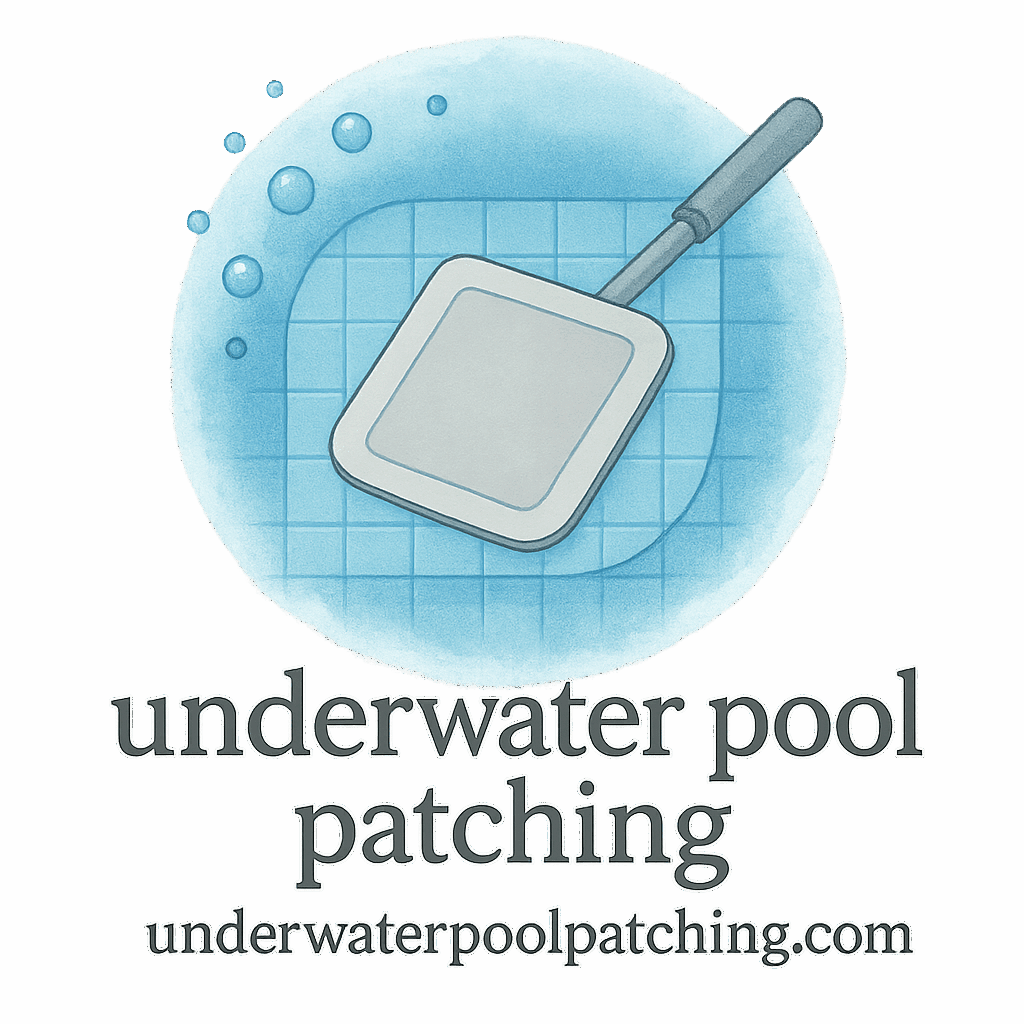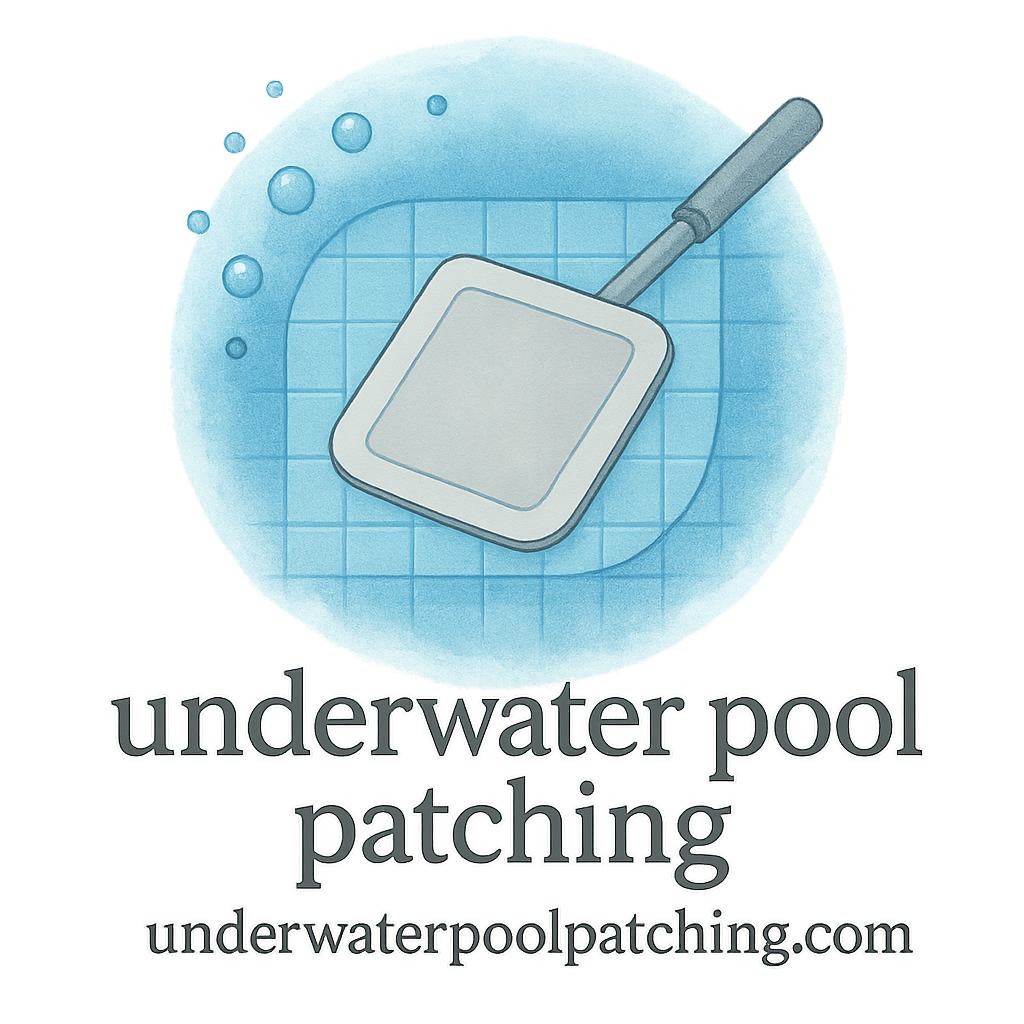Introduction: Why Saving on Pool Repairs Matters
Let’s face it — pool repairs can get pricey, especially if you’ve got a leak you didn’t catch early. Whether you’re a new pool owner or a seasoned swimmer, learning how to save money on underwater pool repairs is essential. Fortunately, there are plenty of smart, proactive strategies that can slash costs without cutting corners.
This guide breaks down 7 money-saving tips that will help you protect your investment, keep your pool sparkling, and avoid unnecessary stress. Plus, we’ll link you to some must-read resources from underwaterpoolpatching.com to give you the inside scoop.
1. Schedule Regular Inspections
Early Detection Saves Big
The best way to avoid big expenses is by catching small problems early. Regular inspections can uncover minor cracks, seal failures, or leaks before they turn into major headaches.
Check out this expert guide on inspection and diagnosis to understand the process and what to look for.
Professional vs DIY Inspections
While DIY checks can be helpful, a professional inspection involves pressure testing and diagnostic tools that reveal issues hidden beneath the surface. Consider annual checkups or after big storms to stay ahead.
You can explore related topics under the diagnosis tag.
2. Use the Right Patch Materials
Understanding Patch Longevity
Not all patches are created equal. Some materials degrade quickly underwater, leading to recurring issues. Choosing high-quality, long-lasting materials is one of the smartest money-saving moves you can make.
Discover more on patch types and materials that work best underwater.
Budget-Friendly Options That Last
You don’t need to overspend for durability. Some budget options perform surprisingly well if applied correctly. Look for tags like materials, patch-life, and epoxy for best-in-class suggestions.
3. DIY Where Possible
Simple Repairs You Can Handle
Basic repairs like applying a vinyl patch or sealing a small crack don’t always require a pro. If you’re confident, a weekend afternoon could save you hundreds.
For hands-on learning, dive into repair techniques and the patch-repair tag.
When to Call in a Pro
Complex damage, especially structural or pipe-related, is best handled by certified technicians. Knowing your limits prevents costly rework and ensures long-term results.

4. Invest in Routine Maintenance
Long-Term Savings Through Prevention
Just like oil changes for your car, regular pool maintenance reduces the risk of expensive issues. Keeping water chemistry balanced, cleaning filters, and checking for wear can add years to your pool’s life.
Learn how to prevent issues with maintenance and prevention.
Creating a Maintenance Plan
Having a checklist or hiring a maintenance service can keep things on track. Use the maintenance and routine checks tags to build your own strategy.
5. Leverage Cost-Effective Repair Techniques
Time-Tested Methods That Work
Some repair techniques — like epoxy injections or underwater putty — have proven themselves over the years. These methods can be more affordable and just as effective when applied correctly.
Check out popular patching techniques that homeowners love.
The Role of Epoxy in Affordable Repairs
Epoxy is a star in the pool repair world. It bonds well, lasts long, and isn’t crazy expensive. Whether it’s a quick fix or a semi-permanent solution, it’s a great tool in your repair kit.
Read more under the epoxy tag.
6. Shop Smart for Services
Comparing Prices Without Sacrificing Quality
Before hiring, get multiple quotes. Some companies mark up prices for simple repairs. Don’t be shy — ask for itemized estimates and compare service offerings.
Visit the cost budgeting page for planning tips.
Subscription Plans and Seasonal Deals
Some service providers offer bundled maintenance and repair packages. Look for subscription deals that save money in the long run.
Also, browse the budget and savings tags for money-saving advice.
7. Avoid Costly Mistakes
Common Errors and How to Dodge Them
Cutting corners with the wrong patch or improper prep can make things worse. A sloppy job today often leads to a bigger problem tomorrow.
Tags like patching, patches, and smoothing can help you do the job right.
Importance of Professional Diagnosis
Misdiagnosing a leak’s source is one of the most expensive errors. Relying on professional tools like pressure tests and experienced insight can save thousands.
Conclusion: Pool Repair Savings Add Up
Saving money on underwater pool repairs isn’t just about doing things cheaply — it’s about doing them smart. From regular inspections to choosing the right materials and knowing when to DIY or call for help, every strategy you apply adds up to serious savings over time.
Want even more advice on maximizing pool performance and minimizing costs? Head over to the main site and explore all the essential tips on maintenance, repairs, materials, and budgeting.
FAQs
1. How can I tell if my pool has a leak?
Watch for unexplained water loss, soggy spots around the pool, or air in the system. For certainty, consider professional leak detection methods.
2. Are vinyl patches a permanent fix?
Not always. They work well temporarily, but epoxy or professional patching can offer more durability. Visit patch types and materials for options.
3. What’s the average cost of an underwater pool repair?
It varies based on the issue, but simple repairs range from $50–$200, while larger fixes can hit $1,000+. Explore the cost budgeting guide for breakdowns.
4. Is underwater patching safe to do myself?
For minor issues, yes. But always follow guides and wear safety gear. For larger problems, see repair techniques for what’s best handled by pros.
5. How often should I inspect my pool for damage?
At least twice a year, and after any major weather event. Read the full guide on inspection and diagnosis.
6. Can epoxy be used on all pool surfaces?
Most epoxy products are versatile, but always check manufacturer recommendations. Visit the epoxy tag for the best options.
7. What’s the most common underwater pool repair mistake?
Improper surface preparation before patching. Always clean and dry the area well. Visit tips for expert guidance.


